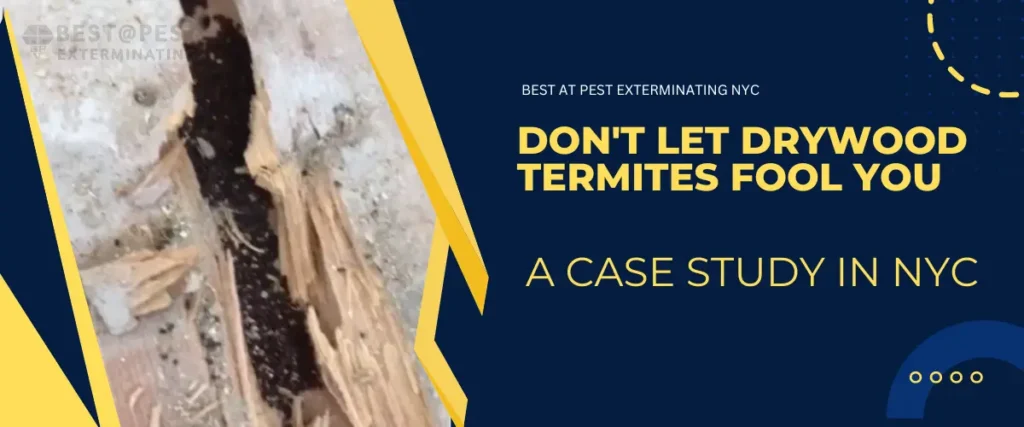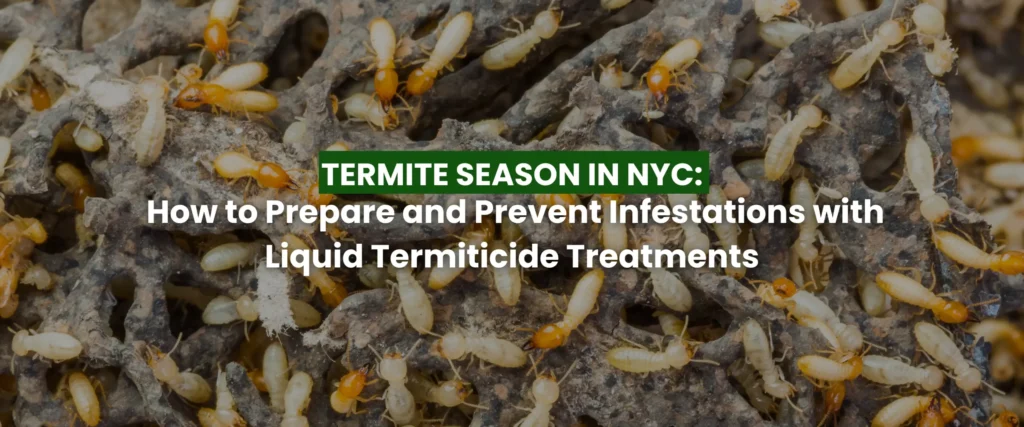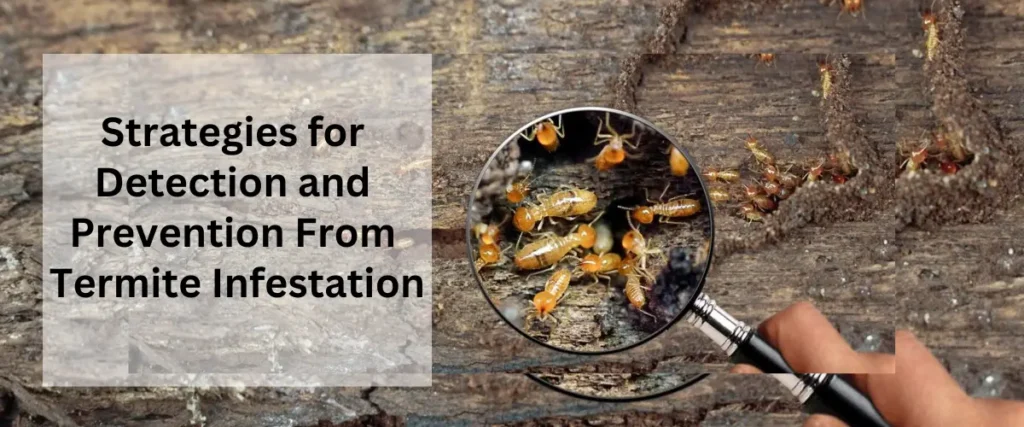
Strategies for Detection and Prevention From Termite Infestation
How Termites cause destruction:
Termites are notorious for their destructive capabilities, wreaking havoc on buildings, structures, and even furniture. Here’s how these tiny pests can cause significant damage:
Wood Consumption:
Termites feed on cellulose, a key component of wood. They tunnel through wooden structures, consuming the material from the inside out. Over time, this relentless feeding can weaken the structural integrity of wooden beams, flooring, furniture, and other components.
Hollowing Out:
As termites tunnel through wood, they create hollow spaces within the structure. This hollowing weakens the wood, making it more susceptible to collapse or damage from external forces such as wind or pressure.
Structural Damage:
In severe infestations, termites can cause extensive structural damage to buildings and homes. They may target load-bearing elements like support beams, causing floors, walls, or even entire structures to become unstable and unsafe.
Compromised Foundations:
Subterranean termites, which nest underground, can target the foundation of a building. By tunneling through the soil and into the foundation, they compromise its stability, leading to structural issues and potential collapse.
Damage to Other Materials:
While termites primarily target wood, they can also damage other materials containing cellulose, such as cardboard, paper, and certain types of insulation. This can lead to additional problems and losses beyond wooden structures.
Costly Repairs:
Repairing termite damage can be expensive and time-consuming. Depending on the extent of the infestation and the damage caused, repairs may involve replacing structural elements, treating affected areas with pesticides, and implementing preventive measures to deter future infestations.
Hidden Infestations:
One of the most insidious aspects of termite damage is that it often goes unnoticed until significant harm has already occurred. Termites can infest hidden areas within walls, floors, and ceilings, making detection challenging until the damage becomes severe.
Signs of Termite Infestation:
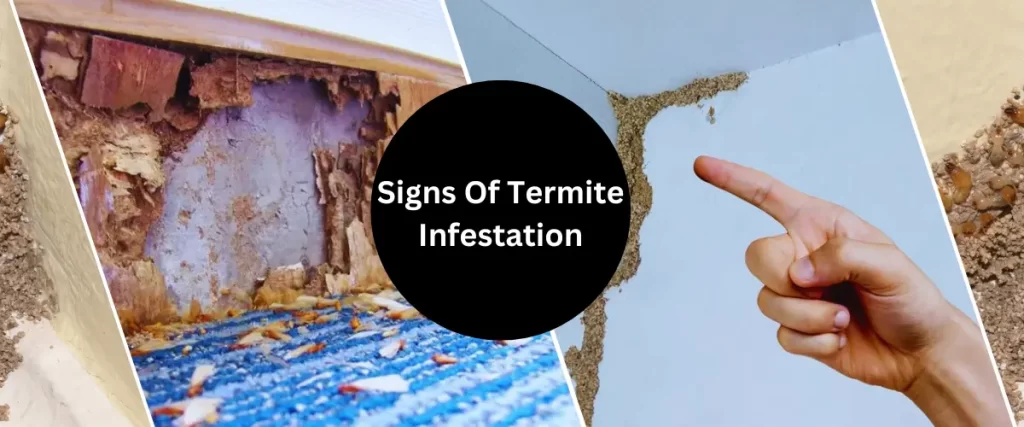
Termite infestations can indeed wreak havoc on buildings and structures, leading to costly damages if left unchecked. Recognizing the signs of termite activity is crucial for early detection and intervention. Here are some common indicators to watch out for:
Mud tubes:
Subterranean termites, which are common in many regions, build mud tubes to provide moisture and protection as they travel between their nests and a food source. These pencil-sized tubes may be found along walls, foundations, and other surfaces.
Wood damage:
Termites feed on wood from the inside out, so wood that has been infested by termites may sound hollow when tapped. You may also notice damaged or weakened wood that appears to have been eaten away by termites.
Discarded wings:
Swarmers, or reproductive termites, will often shed their wings after swarming to establish new colonies. Finding discarded termite wings near windowsills, doors, or other entry points may indicate a termite swarm in the vicinity.
Termite droppings:
Drywood termites produce tiny fecal pellets that they push out of their galleries. These pellets, which resemble sawdust or coffee grounds, may accumulate in small piles near infested wood.
Blisters in wood flooring:
Subterranean termites can cause blistering or darkening of wood flooring as they feed and create tunnels beneath the surface.
Hollow-sounding timber:
When tapping on wood that is infested with termites, it may produce a hollow or papery sound due to the damage caused by the pests.
Tunnels in wood:
Termites may create tunnels or galleries within wood as they feed and travel through the structure. These tunnels may be visible on the surface of the wood.
Sagging or buckling floors:
In severe cases of termite infestation, the structural integrity of wood flooring or other wooden components may be compromised, leading to sagging or buckling of the affected areas.
Presence of termite swarmers:
During the spring or fall, depending on the species, you may observe termite swarmers (winged reproductive termites) emerging in large numbers from colonies to mate and establish new colonies. Finding swarmers indoors or near light sources is a strong indicator of an active termite infestation.
If you suspect that you have a termite infestation or notice any of these signs of termite activity in your home or building, it’s crucial to contact a pest control professional for a thorough inspection and appropriate treatment. Early detection and intervention can help prevent extensive damage caused by termites.
Termite Inspections:
Termite inspections are essential for detecting termite activity and assessing the extent of infestations in homes, buildings, and other structures. Pest control professionals typically use a combination of tools and techniques to conduct thorough termite inspections. Here are some common tools used during termite inspections:
Flashlight:
A flashlight is a basic tool used to illuminate dark and hard-to-reach areas, such as crawl spaces, attics, basements, and areas under sinks, to look for signs of termite activity.
Moisture meter:
Termites are attracted to moisture, so a moisture meter is used to detect elevated moisture levels in wood and building materials, which can indicate conditions conducive to termite infestations.
Termite detection devices:
Various termite detection devices are available, such as acoustic devices that listen for termite activity within wood, and microwave devices that can detect termites through walls and other structures.
Termite probes:
Termite probes are used to probe and tap wooden surfaces to detect hollowed-out wood and termite tunnels. This helps inspectors identify areas of termite damage that may not be visible on the surface.
Boroscope:
A boroscope is a flexible, fiber-optic tool that allows inspectors to visually inspect hard-to-reach areas, such as wall voids, behind baseboards, and within plumbing lines, for signs of termite activity.
Termite bait stations:
Ground termite treatments, specifically designed to target subterranean termites, focus on eliminating colonies nesting in the soil surrounding the structure. By creating a protective barrier or using baiting systems, ground termite treatments provide long-lasting protection against these destructive pests.
Drill and probing tools:
In some cases, inspectors may need to drill small holes in walls, floors, or other structures to access hidden areas and probe for termite activity.
Thermal imaging cameras:
Thermal imaging cameras can detect temperature variations in building materials, which may indicate termite activity or moisture problems. This technology can help inspectors identify areas that warrant closer inspection.
Termite-sniffing dogs:
Some pest control companies employ specially trained dogs that can detect the scent of termites, helping to pinpoint areas of infestation that may not be easily visible to human inspectors.
By using a combination of these tools and techniques, pest control professionals can conduct comprehensive termite inspections to identify active infestations, assess the extent of damage, and develop a customized treatment plan to eliminate termites and prevent future infestations. Regular termite inspections are crucial for early detection and proactive management of termite problems, helping to protect structures from costly damage caused by these destructive pests.
Termite Treatments:
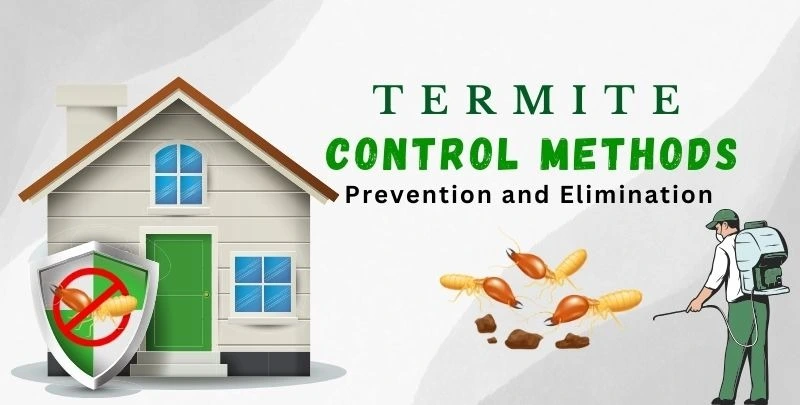
Termite treatment options encompass a variety of methods aimed at eliminating these destructive pests and safeguarding structures from further damage. Understanding how termite extermination works is essential for homeowners and property managers seeking effective solutions. Termite treatments can vary in duration depending on the severity of the infestation and the chosen method of extermination. While some treatments may require only a few hours or days to complete, others, such as comprehensive fumigation, may take longer due to the thoroughness of the process. Let’s explore into the process and timeline of termite extermination, along with the chemicals and techniques utilized by exterminators:
Chemical barrier treatments:
Liquid termiticides:
Liquid termiticides are applied to the soil around the foundation of a building to create a chemical barrier that termites cannot cross. This treatment method can provide long-lasting protection against termites.
Termite baiting systems:
Termite bait stations are installed in the soil around the perimeter of a building. Termites feed on bait placed in these stations, which contains a slow-acting toxicant that is carried back to the colony, eventually leading to the elimination of the termite colony.
Wood treatment:
Wood can be treated with liquid termiticides or borate-based products to protect it from termite infestations. This treatment option is typically used during construction or as a preventive measure.
Structural fumigation:
In cases of severe termite infestations, structural fumigation may be necessary. The building is sealed and fumigated with a gas (such as sulfuryl fluoride) to eliminate termites throughout the structure.
Heat treatment:
Heat treatment involves raising the temperature within a structure to lethal levels for termites. This method can be effective for localized termite infestations in specific areas of a building.
Physical barriers:
Installing physical barriers, such as metal mesh or sand particles, around the foundation of a building can prevent termites from gaining access to the structure.
Termite spot treatment:
It is another option for addressing localized infestations or specific areas of concern. This targeted approach involves applying termite control products directly to the affected areas, minimizing disruption to the surrounding environment while effectively eliminating termites.
Integrated pest management (IPM):
IPM combines multiple strategies, including monitoring, habitat modification, and targeted treatments, to manage termite infestations in a sustainable and environmentally friendly manner.
It is essential to consult with a licensed pest control professional to assess the extent of the termite infestation and determine the most appropriate treatment options for your specific situation. As for the longevity of termite treatments, it’s essential to consider factors such as the type of treatment used, environmental conditions, and the susceptibility of the structure to future infestations. While some treatments may provide protection for several years, regular inspections and maintenance are crucial for detecting any signs of termite activity and ensuring ongoing protection.

